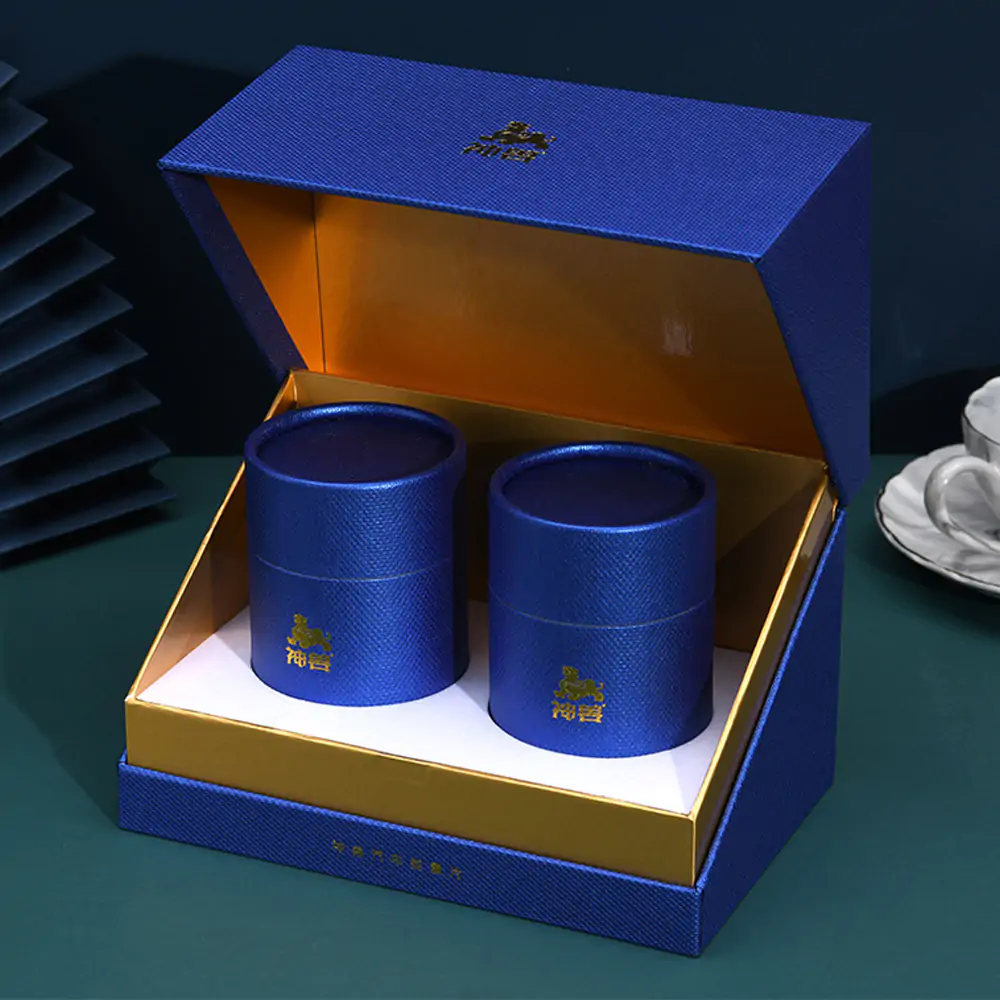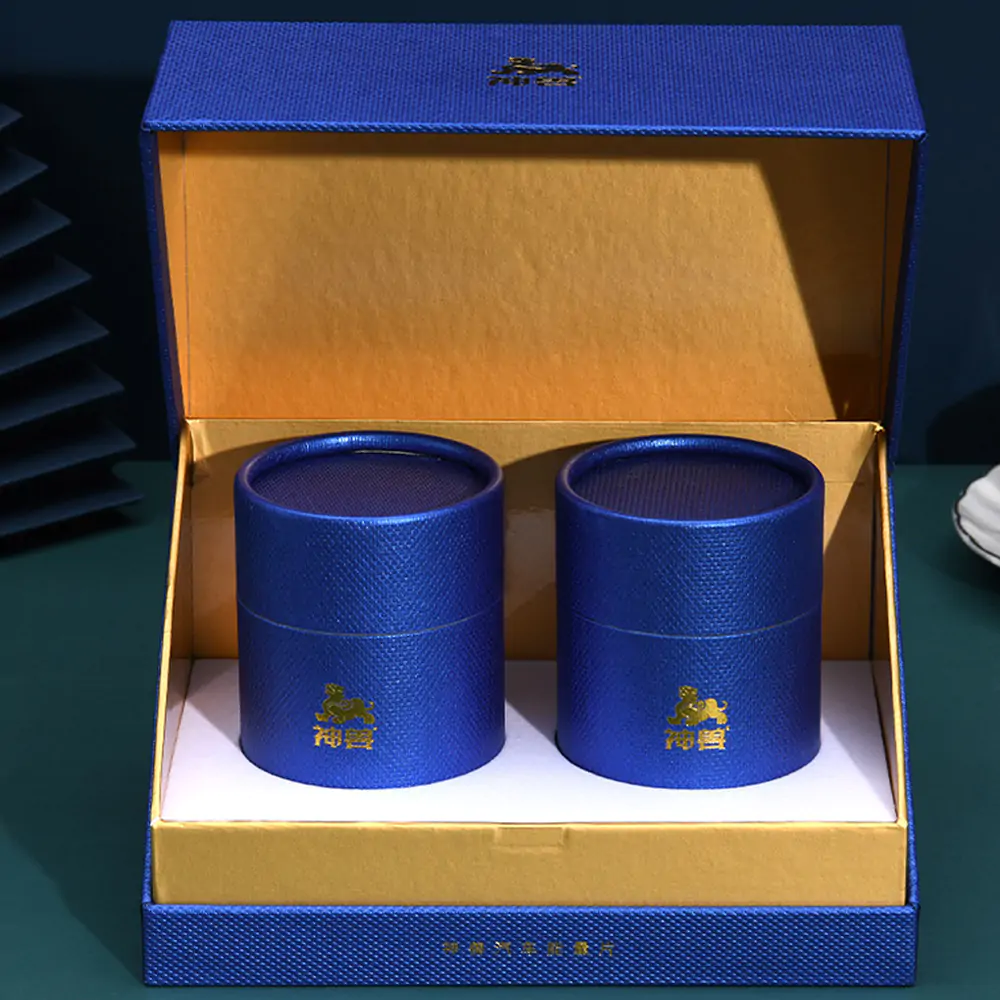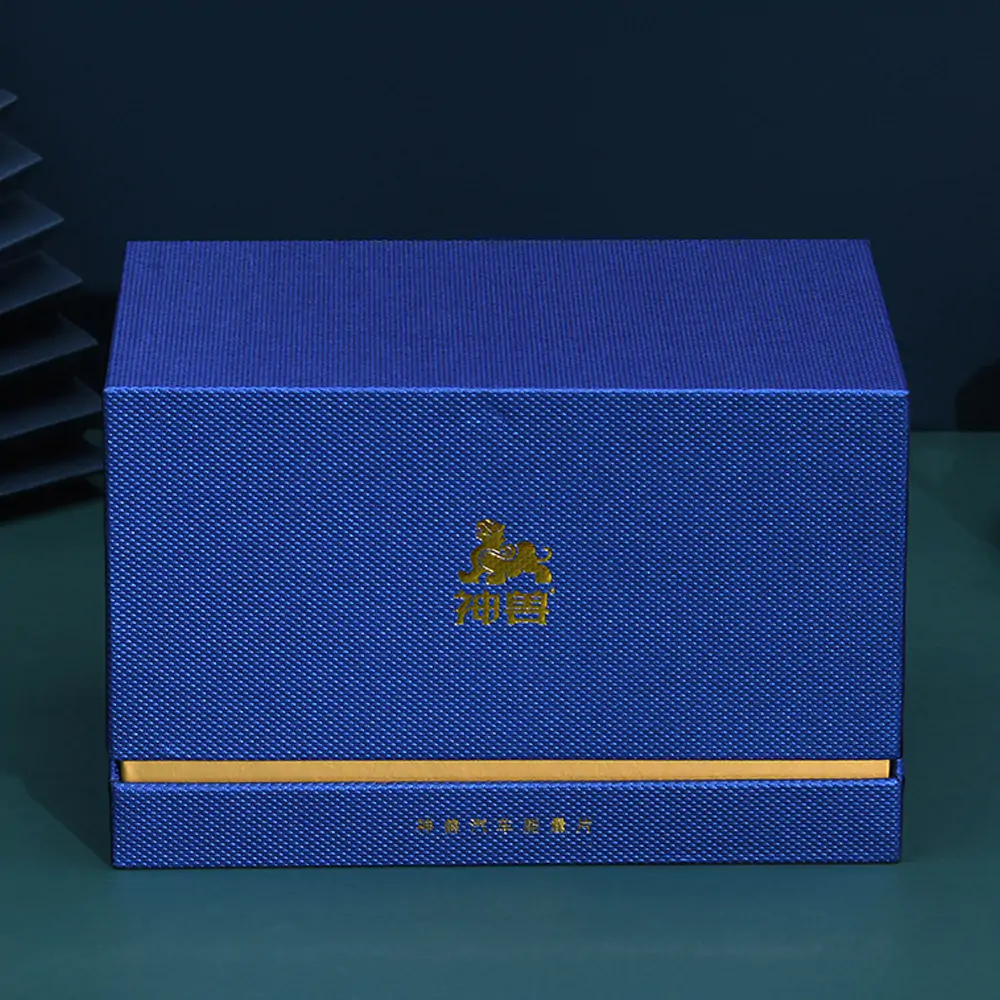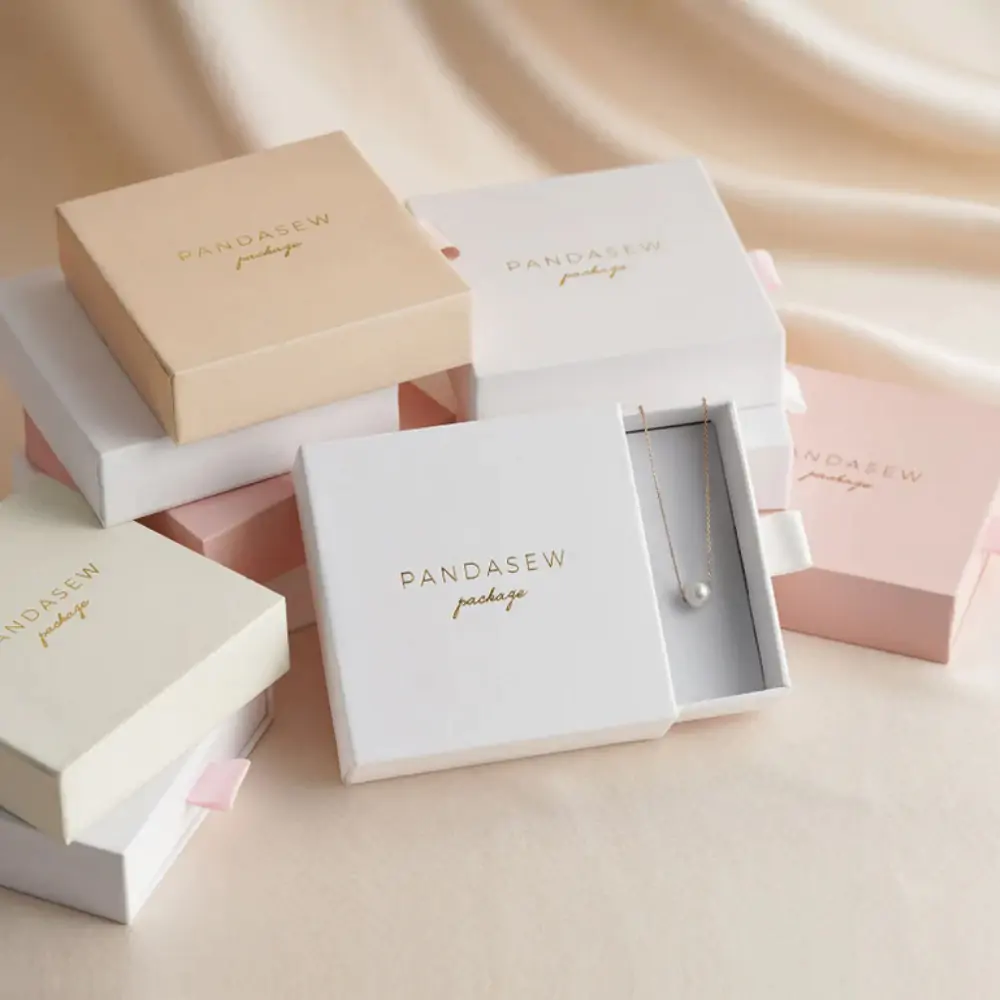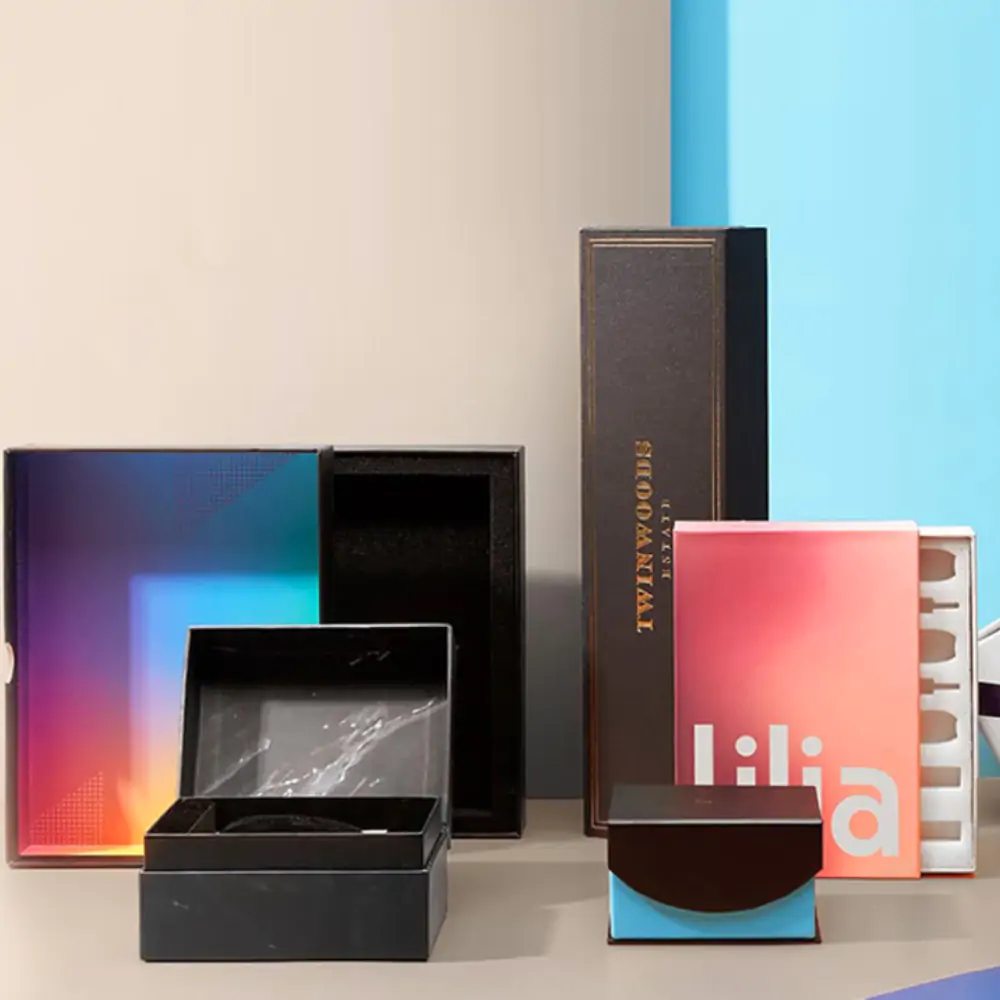
The initial stage of the packaging journey involves the production of the packaging itself. The manufacturing process is a crucial consideration when contemplating the packaging design. Several factors come into play and affect the manufacturing process, including:
- The chosen material or substrate for the packaging.
- The cost associated with these materials.
- The manufacturing location for the packaging.
- The time required to manufacture the packaging.
- The decision between utilizing automation or hand assembly.
When envisioning the packaging design, it is essential to take all of these factors into account. They will influence not only the manufacturing process but also impact the overall product cost and timeline.

